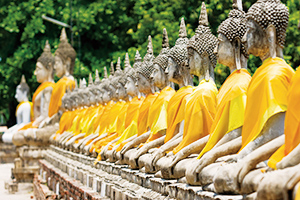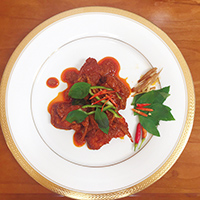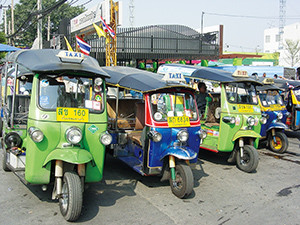Let’s Learn about the “Countries” in Shinagawa!
Sawatdii khrap/kha (Hello) Shinagawa
| Exploring the Charms of Thailand, the Land of Smiles |
TheKingdom of Thailand is one of the world’s leading tourist destinations. Many facets of Thai culture have taken root in Japan, making us feel closer to and more familiar with this land. We spoke with His Excellency Mr. Bansarn Bunnag, ambassador of the Kingdom of Thailand, about the attractive qualities of his wonderful country.
 |
Thailand and Japan Have One Thing in Common—
“A Considerate Heart”
The people of Thailand—known as “the Land of Smiles”—are gentle and have hearts full of hospitality and gratitude. I believe the people of Japan share these qualities.
Thailand is one of the world’s favorite countries for tourism. With famous resorts and historical sites, it has a wealth of places worth visiting. One stay there is not enough to see all the land has to offer. I hope to introduce aspects of Thailand you may not know.
Thailand and Japan will celebrate their 130th anniversary of diplomatic relations this year. By increasing opportunities for discovering the culture of Thailand through commemorative events, I hope all of you come to know and love Thailand even more. And I hope we can maintain the friendly ties between our two countries. |
Let’s Learn Some Basic Facts about Thailand!
Name: Kingdom of Thailand
Population: 65 million (2010 national survey)
Area of land: 514,000 km2
(about 1.4 times that of Japan)
Capital: Bangkok
Language: Thai
Currency: Baht |
The Ambassador’s Residence in Tokyo—Where Brilliant History Remains
The historic gothic-style residence of the Ambassador of the Kingdom of Thailand is the former residence of a businessman with a deep knowledge of art. The building was completed in 1934 and retains the elegance of that era. One can see traces of this brilliance in the furniture, the fixtures, the many works of art, the exterior of the building and the garden. |
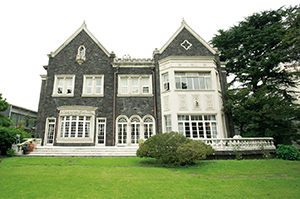 |
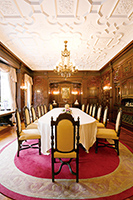 |
| The ambassador’s residence seen from the garden |
|
|
Let’s Learn More about Thailand!
Attractive Cities and Natural Wonders
Travelers can experience different aspects of culture in Thailand’s five regions. The north, for example, features the ancient city of Chiang Mai. In the northeast, remnants of ancient civilization remain. The central region is the most developed part of the country, while untouched natural scenery dominates the east, and the southern region offers world-famous beach resorts.
 |
Buildings influenced by the Lan Na Kingdom remain in the northern region,
and the area includes Chiang Mai, Thailand’s second-largest city |
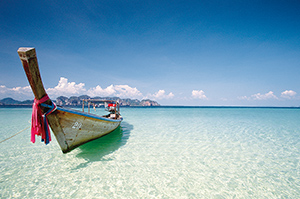 |
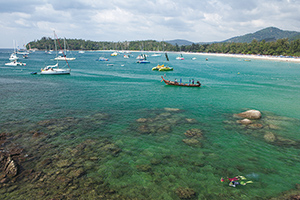 |
| Southern and eastern Thailand boast world-famous beach areas such as Ko Samui, Phuket and Pattaya |
Over Ninety Percent of Thais Are Buddhists
Ninety-four percent of the Thai people believe in Buddhism. It is said that Buddhism spread throughout Thailand around 250 BC and that the religion remains deeply rooted here.
Japan and Thailand’s Long History
After Siam (the former name of Thailand) and the Ryukyu Kingdom (Okinawa) began trading during the fifteenth and sixteenth centuries, friendly relations flourished to such a degree that there was once a Japanese village of more than two or three thousand Japanese people in the Kingdom of Ayutthaya. We can trace the long history of friendly exchanges through the letters between the Tokugawa Shogunate and the king of Ayutthaya.
Thai Cuisine
Thai cuisine includes many menu items everyone is familiar with, such as Thai curry and tom yam kung, one of the most popular soups in the world. There are many Thai restaurants in the Tokyo area, and a wide range of people are fond of Thai food.
Thailand’s Tuk-Tuk Taxis Originated in Japan
A Japanese car manufacturer developed tuk-tuk taxis. These light three-wheeled motor vehicles were exported to Thailand and became the original tuk-tuks. After Japan stopped manufacturing them, tuk-tuks became the iconic three-wheeled motor vehicle most travelers associate with Thailand. |




